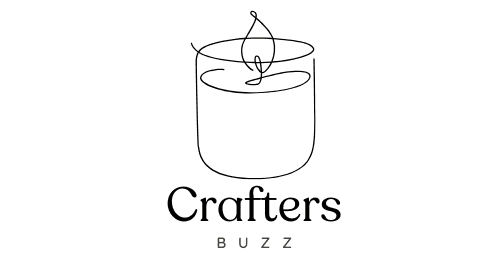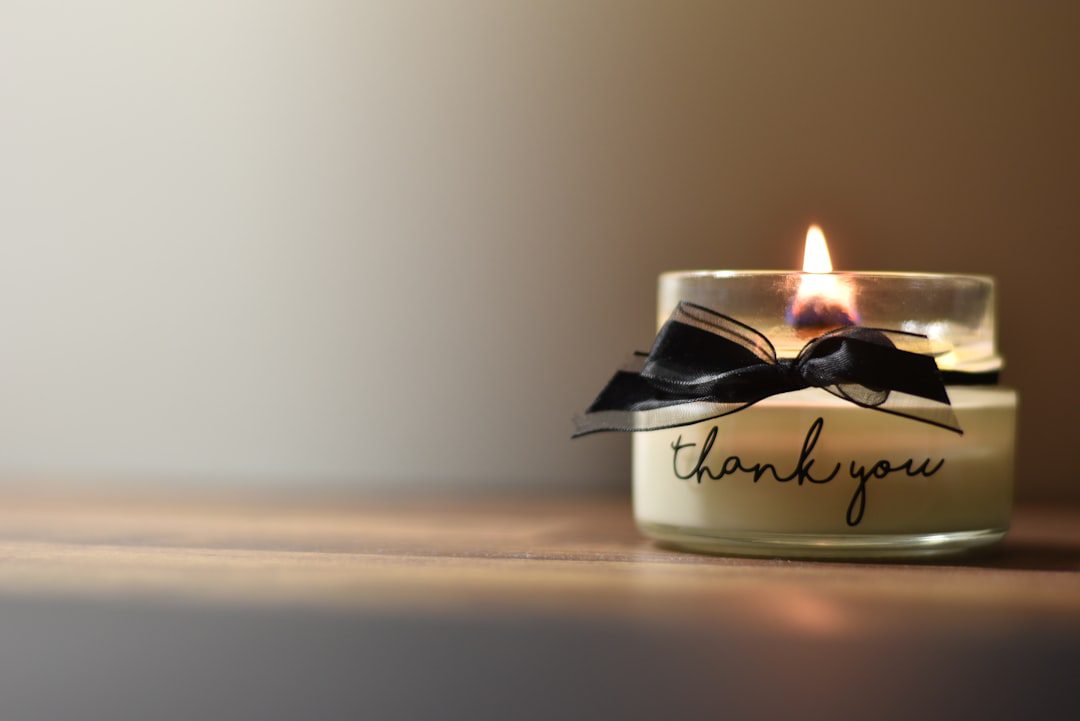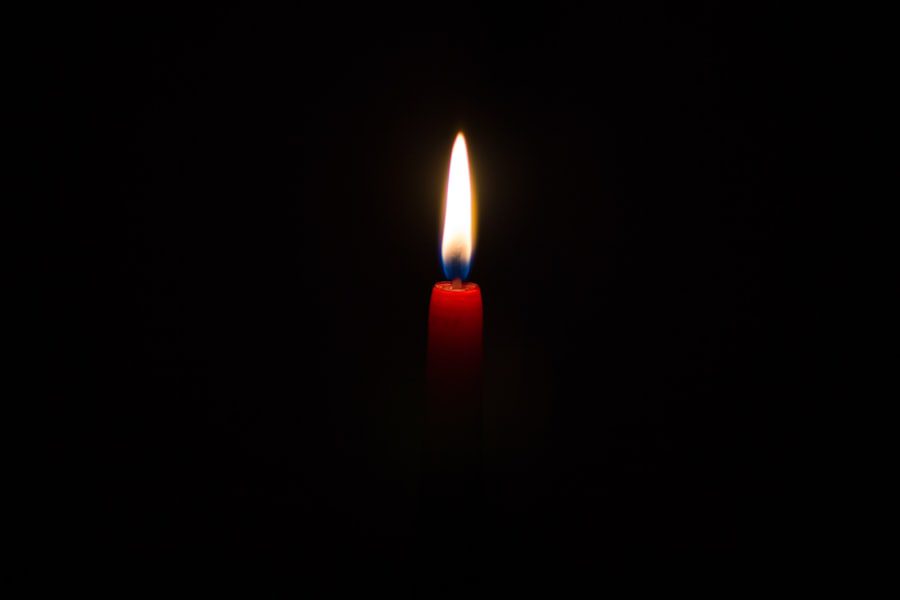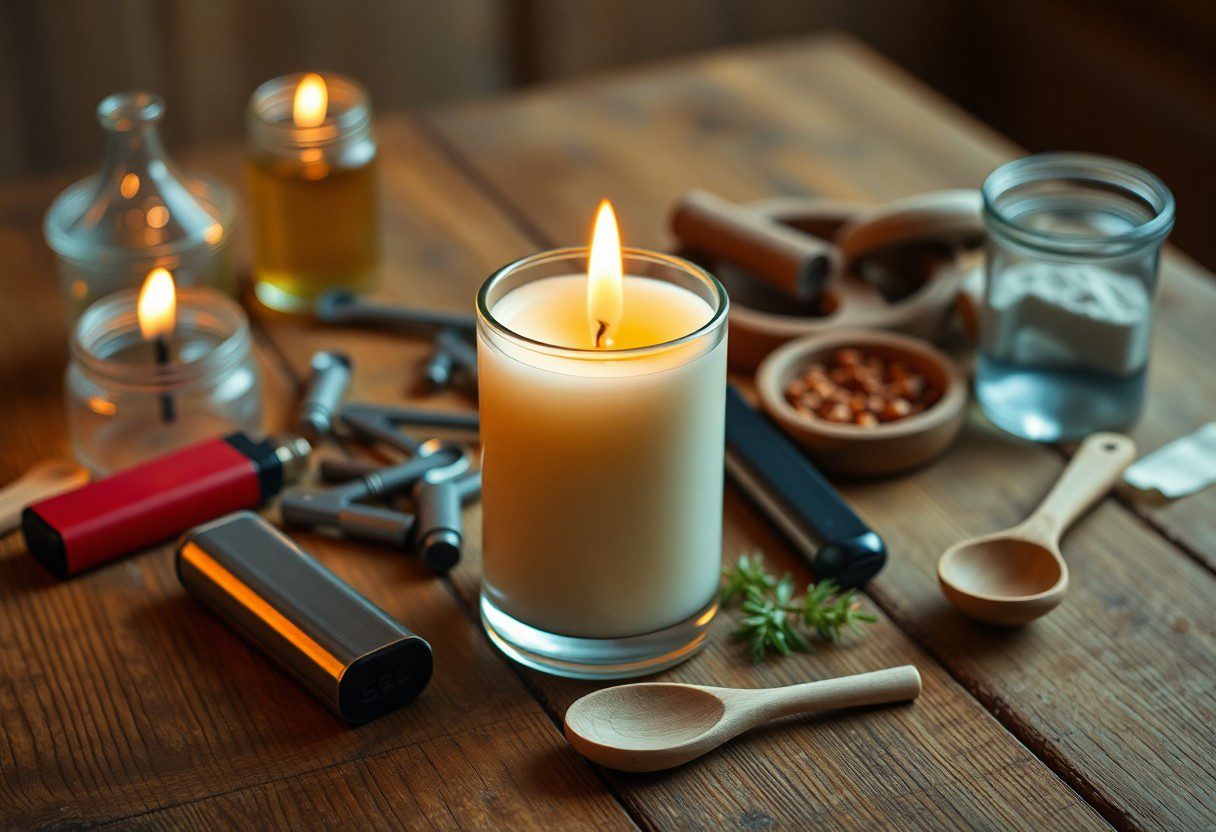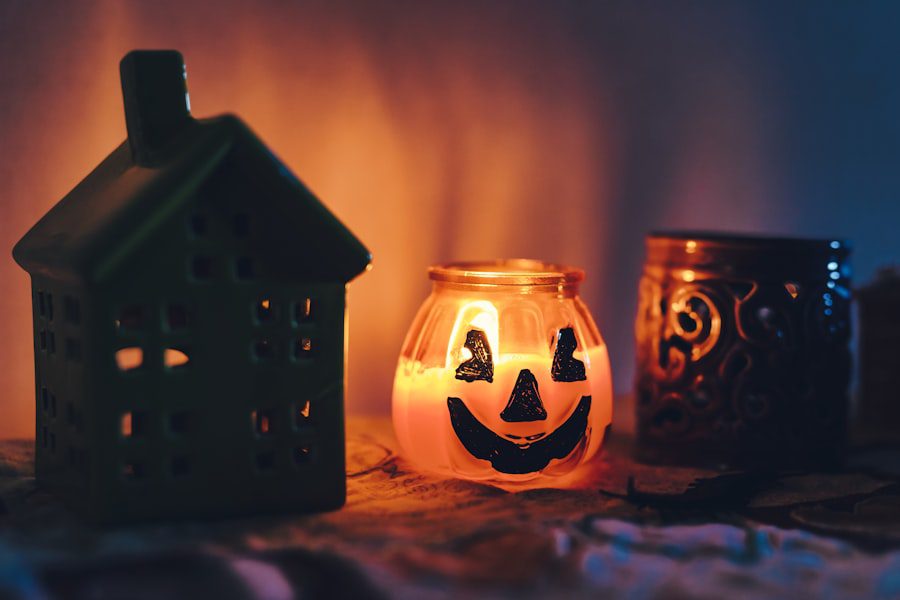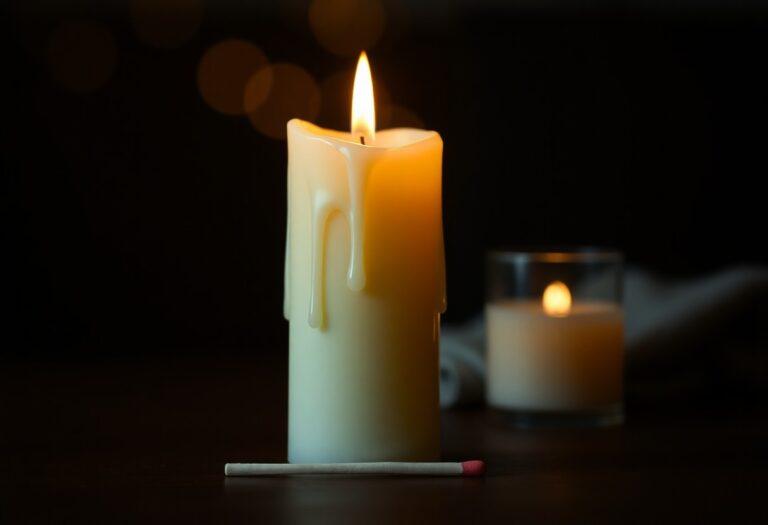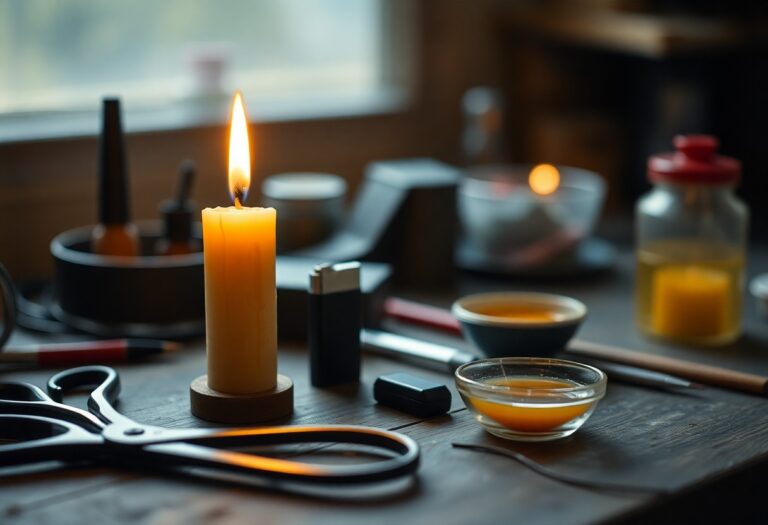How to properly extinguish candles with extinguishers for cleaner burns.
Candles have been a source of light, warmth, and ambiance for centuries, but their use comes with a responsibility that extends beyond mere enjoyment. Properly extinguishing candles is crucial not only for safety but also for preserving the integrity of the candle itself. When a candle is extinguished correctly, it minimizes the risk of fire hazards, which can arise from unattended flames or improperly snuffed wicks.
A candle left burning can lead to disastrous consequences, including property damage and personal injury. Therefore, understanding the significance of extinguishing candles properly is essential for anyone who enjoys their glow. Moreover, the method of extinguishing a candle can affect its longevity and performance.
For instance, blowing out a candle can cause wax splatter and create an unpleasant odor due to the smoke produced. This not only diminishes the experience but can also lead to uneven burning in future uses. By taking the time to extinguish candles properly, users can ensure that they enjoy a cleaner burn and prolong the life of their favorite scented or decorative candles.
This attention to detail reflects a deeper appreciation for the art of candle-making and enhances the overall experience of using candles in various settings.
The dangers of blowing out candles
Blowing out candles may seem like a simple and harmless act, but it carries several risks that are often overlooked. One of the primary dangers is the potential for hot wax to splatter. When a candle is extinguished by blowing, the force of the air can cause molten wax to be ejected from the container, leading to burns or damage to surrounding surfaces.
This is particularly concerning in environments where flammable materials are present, as even a small amount of hot wax can ignite a fire. Additionally, blowing out a candle can create a significant amount of smoke, which not only produces an unpleasant odor but can also contribute to indoor air pollution. The smoke released contains soot and other particulates that can settle on surfaces and be inhaled, posing health risks over time.
For individuals with respiratory issues or allergies, this can exacerbate their conditions. Therefore, it is essential to consider safer alternatives for extinguishing candles that minimize these risks while still ensuring that the flame is completely out.
Choosing the right type of candle extinguisher
When it comes to extinguishing candles safely and effectively, selecting the right type of candle extinguisher is paramount. There are various options available on the market, each designed with specific features that cater to different needs. One popular choice is the candle snuffer, a small bell-shaped tool that gently covers the flame, depriving it of oxygen and allowing it to extinguish without smoke or splatter.
This method is not only effective but also adds an element of elegance to the candle extinguishing process. Another option is the wick dipper, which allows users to dip the wick into the melted wax, effectively snuffing out the flame while simultaneously coating the wick in wax for future burns. This method helps prevent smoking and ensures a cleaner burn during subsequent uses.
For those who prefer a more modern approach, electric candle extinguishers are also available. These devices use a fan or other mechanisms to blow out the flame without the risks associated with manual methods. Each type of extinguisher has its advantages, so understanding personal preferences and candle types will help in making an informed choice.
Step-by-step guide to using a candle extinguisher
Using a candle extinguisher effectively requires a few simple steps that ensure safety and efficiency. First, gather your materials: whether you are using a snuffer, wick dipper, or electric extinguisher, make sure it is within reach before you begin. If you are using a snuffer, approach the candle calmly and hold the snuffer above the flame without touching the wax.
Gently lower it until it covers the flame completely; this should extinguish the candle within seconds without creating smoke or splatter. If you opt for a wick dipper, carefully grasp the wick with the tool and dip it into the melted wax pool surrounding it. Hold it there for a moment to allow the flame to go out completely before lifting it back up.
This method not only extinguishes the flame but also coats the wick in wax, which can help improve future burns by preventing excessive smoking or flickering. For electric extinguishers, simply follow the manufacturer’s instructions for operation; typically, this involves positioning the device near the flame and activating it to blow out the candle safely.
Tips for maintaining a clean burn
To ensure that candles burn cleanly and efficiently, several maintenance tips can be employed. First and foremost, trimming the wick before each use is essential. A wick that is too long can lead to excessive soot production and uneven burning.
Ideally, wicks should be trimmed to about 1/4 inch before lighting; this helps control the size of the flame and reduces smoke output during burning. Another important factor is ensuring that candles are placed on stable surfaces away from drafts or direct airflow. This prevents flickering flames that can lead to uneven melting and increased soot production.
Additionally, rotating candles during use can help achieve an even burn; this means turning them slightly every hour or so to ensure that all sides receive equal heat exposure. Finally, always allow candles to cool completely before relighting them; this helps maintain their structural integrity and ensures a cleaner burn each time they are used.
Safety precautions when using candle extinguishers
While candle extinguishers are designed to enhance safety during candle use, certain precautions should still be observed when utilizing them. First and foremost, always ensure that you are using an extinguisher that is appropriate for your specific type of candle. For example, using a metal snuffer on delicate glass containers may lead to breakage if not handled carefully.
Always inspect your tools for any signs of wear or damage before use. Additionally, it is crucial to keep flammable materials away from candles at all times, even when they are being extinguished. This includes items such as paper products, fabric, or other decorative elements that could catch fire if exposed to heat or sparks during the extinguishing process.
Furthermore, never leave burning candles unattended; even with an extinguisher at hand, vigilance is key in preventing accidents. Lastly, ensure that children and pets are kept at a safe distance from both lit and extinguished candles to avoid any potential hazards.
Alternatives to candle extinguishers
While candle extinguishers provide an effective means of safely putting out flames, there are alternative methods that can also be employed for those who may not have access to these tools. One common method is simply using a heat-resistant lid or plate to cover the candle once it has been lit for some time. This method deprives the flame of oxygen and allows it to go out naturally without creating smoke or splatter.
Another alternative involves using water; however, this should be approached with caution as pouring water directly onto a burning candle can cause hot wax to splatter and potentially ignite nearby materials. Instead, consider placing a small amount of water in a bowl nearby and gently dipping the wick into it once it has burned down sufficiently. This method can help cool down any remaining wax while ensuring that the flame is safely extinguished.
Proper storage and maintenance of candle extinguishers
To maximize the lifespan and effectiveness of candle extinguishers, proper storage and maintenance practices should be followed. After each use, clean your extinguisher according to its material specifications; for instance, metal snuffers can be wiped down with a damp cloth while wick dippers may require gentle washing with soap and water if they become soiled with wax residue. Store your extinguishers in a cool, dry place away from direct sunlight or extreme temperatures that could warp or damage them over time.
Keeping them in an easily accessible location ensures that they are readily available whenever you light a candle. Additionally, periodically check your tools for any signs of wear or damage; replacing worn-out items promptly will help maintain safety standards during use. By adhering to these guidelines for storage and maintenance, users can ensure that their candle extinguishers remain effective tools in promoting safe candle use while enhancing their overall experience with these timeless sources of light and ambiance.
If you’re looking to repurpose your candle jars and containers after properly extinguishing your candles with extinguishers for cleaner burns, you may want to check out this article on how to repurpose candle jars and containers. It offers creative ideas on how to reuse your candle containers once the candle has burned down. It’s a great way to reduce waste and get more use out of your favorite candles.
FAQs
What is the proper way to extinguish a candle with an extinguisher?
To properly extinguish a candle with an extinguisher, simply aim the nozzle at the base of the flame and press the trigger to release the extinguishing agent. Make sure to hold the extinguisher at a safe distance from the candle to avoid any splattering.
Why is it important to use an extinguisher to put out candles?
Using an extinguisher to put out candles is important for cleaner burns and to minimize the risk of spreading hot wax or embers. It also helps to prevent the formation of soot and smoke, resulting in a cleaner and safer environment.
Can I use a regular fire extinguisher to put out candles?
Yes, a regular fire extinguisher can be used to put out candles. However, it is important to ensure that the extinguisher is suitable for use on small fires, such as those caused by candles, and that it is rated for Class A fires (combustible materials).
Are there specific extinguishers designed for candle use?
Yes, there are extinguishers specifically designed for candle use, such as aerosol candle extinguishers. These extinguishers are formulated to quickly and effectively put out candle flames while minimizing mess and residue.
What are the benefits of using an extinguisher to put out candles?
Using an extinguisher to put out candles can help to maintain a cleaner and safer environment by reducing the risk of spreading hot wax or embers, minimizing the formation of soot and smoke, and preventing accidental fires. It also allows for a more controlled and effective extinguishing process.
